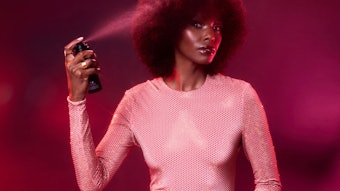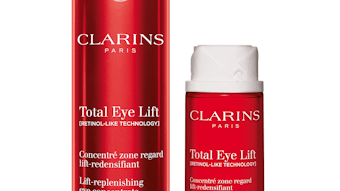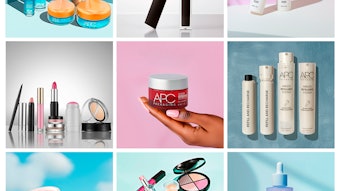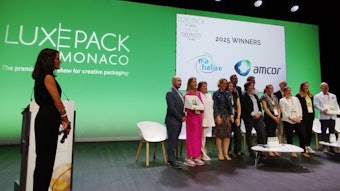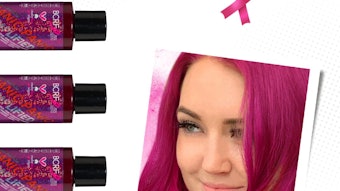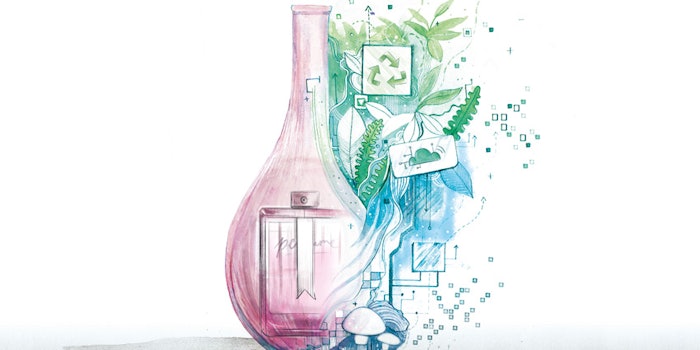
The modern consumer is paving the way for a future that is innovative, safe and sustainable. If brands want to keep up, they’ll need to play a meaningful role and deliver products that are in line with this vision.
We are living in unprecedented times. The cosmetics industry has to adapt to revised consumer expectations. Even before the COVID-19 crisis, our world was full of disruption; from technology shifts and digitization, to Gen Z and the evolution of consumer preferences. To remain successful, brand managers, innovation teams, and designers will need to adapt to a “new normal.”
They will need to find solutions and adjust to the exponential growth of digital channels born from living in lockdowns and with ongoing social distancing restrictions; the wellness megatrend evolving to encapsulate the provenance and ethics of packaging as well as products; and the rise of environmental sensitivities. And that’s just to name a few.
As we try to anticipate the new normal and beyond, we partnered with futurologist Dr. Ian Pearson to help us identify the top five predictions for the future of beauty and cosmetics packaging.
1. Augmented reality
It’s only a matter of time before augmented reality (AR) becomes part of our everyday lives. In 2019, global beauty retailer, Sephora, unveiled its 3D AR mirror at a selection of its standalone kiosks, which simulates cosmetics on a user’s face, in real-time.
In the next decade, we can expect to see this technology make its way from stores to packaging. By holding an eyeshadow palette or box of hair dye, shoppers will have a visual representation of the make-up looks that they can create, or their hair in another color, displayed in front of them.
Giving consumers the power to see products come to life helps to rapidly accelerate that purchase decision and also hopefully eliminate unnecessary purchasing.
AR also presents an important after-sale opportunity. It can show the consumer the “what’s next”; providing a full understanding of what the product and packaging is made of, how it’s manufactured and what can be done with it after primary use.
This could go a long way in reducing the confusion around how to recycle correctly and will both engage and educate consumers in a way that isn’t possible through the limited on-pack communication we have available today.
2. Recyclable and biodegradable solutions
Sustainability is now a mega-trend and has been building momentum for some time.
We have witnessed an increasing demand for change in sustainable packaging, particularly from the cosmetics industry. Brands, such as Floral Street, are trying to change the status quo by using our paper fibre solutions to offer products with no cello-wrap, no printed cards—just beautiful molded boxes that are easy to recycle.
Looking to the future, we can expect to see biodegradable solutions take a whole new meaning. We are already seeing “natural” innovations dominate the packaging industry, such as Skipping Rocks Lab’s edible and biodegradable seaweed packaging used in the food and beverage industry.
In the future, the beauty industry might see pods of mouthwash packaged in dissolvable seaweed, or exfoliants sold in packaging containing nutrients and seeds which can be planted in the garden to sprout fauna and herbs over time.
3. Packaging with a second life
Due to the rise in social influencer “unboxing” videos, consumers have come to expect the same experience with their own purchases. In the future, beauty brands need to strike the balance between offering an experience while cutting down on excessive packaging.
To do so, brands should be clever in offering reusable and refillable packaging of a very high quality. An example of a company already doing so is global cosmetics company Lush, which approached us with a brief to create a standalone box that would hold a selection of solid bath oils.
The packaging would be 100% recyclable and work as a “pick-n-mix,” enabling customers to choose their own selection of products, carry them home and reuse the box on their next visit to any Lush store. This environmentally friendly solution adds a personal touch to the consumer experience.
In the future, we can expect to see beauty retailers offer “naked” products in store, with reusable packaging available across their ranges.
For the full article, check out Global Cosmetic Industry's June digital magazine.
About the author:
Phil Wild is the CEO of James Cropper (www.jamescropper.com), a prestige paper firm that produces the ColourForm technology, which uses 100% natural renewable wood fibres from well-managed forests and high-quality recycled fibres from its own world-class reclaimed fibre plant, giving new life to waste from a variety of sources including used coffee cups.

